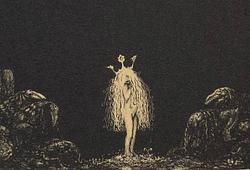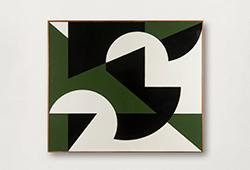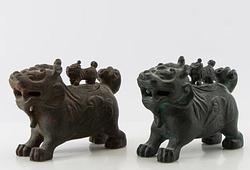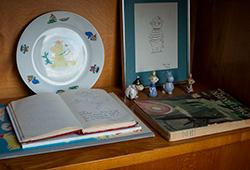Carl Kylberg
"Lugnet mot kvällen"
Signed CK: Canvas 47 x 57 cm. Frame by the artist's wife Ruth Kylberg.
Provenance
The collection of Carl Erik Björkegren.
Bukowski Auctions, Stockholm, Autumn 2004, cat no 37.
The collection of Sven and Maudie Olerud.
More information
Carl Kylberg sought to express the spiritual and universal dimensions in life which gives his paintings a sense of timelessness or eternity. Kylberg was very occupied with philosophical reflections about the human existence. He commented regularly his paintings in his diary, where you can find the key in understanding his oeuvre.
By painting in layers on dry paint, Kylberg creates a suggestive feeling that you are drawn into the painting, to the dreamlike transition between dream and reality. The technique in ”Lugnet mot kvällen (The calm down in the evening) are typical for Kylberg, and you get the feeling that the colours are vibrating.
Artist
Carl Kylberg, 1878-1952, is considered a seminal figure in the Swedish 1900-century art. He was a student at the architecture department at Berlin University and then a student of Carl Wilhelmson at Valand art school in Gothenburg.
Kylberg broke through late, made his debut as a painter in 1919 with the February group at Liljevalchs. He became known to a wider public by the age of 50, but continued to be controversial as an artist. He had a permanent artistic antagonist of Isaac Grünewald and the same year as the Nazis in Germany set up the decisive blow against Entartete Kunst and practically the whole of modernism, Swedish government stopped the purchase of the painting "Uppbrottet" of the National Museum in Stockholm.
Read more

































